The Atlantic Multidecadal Oscillation Enters the Spotlight
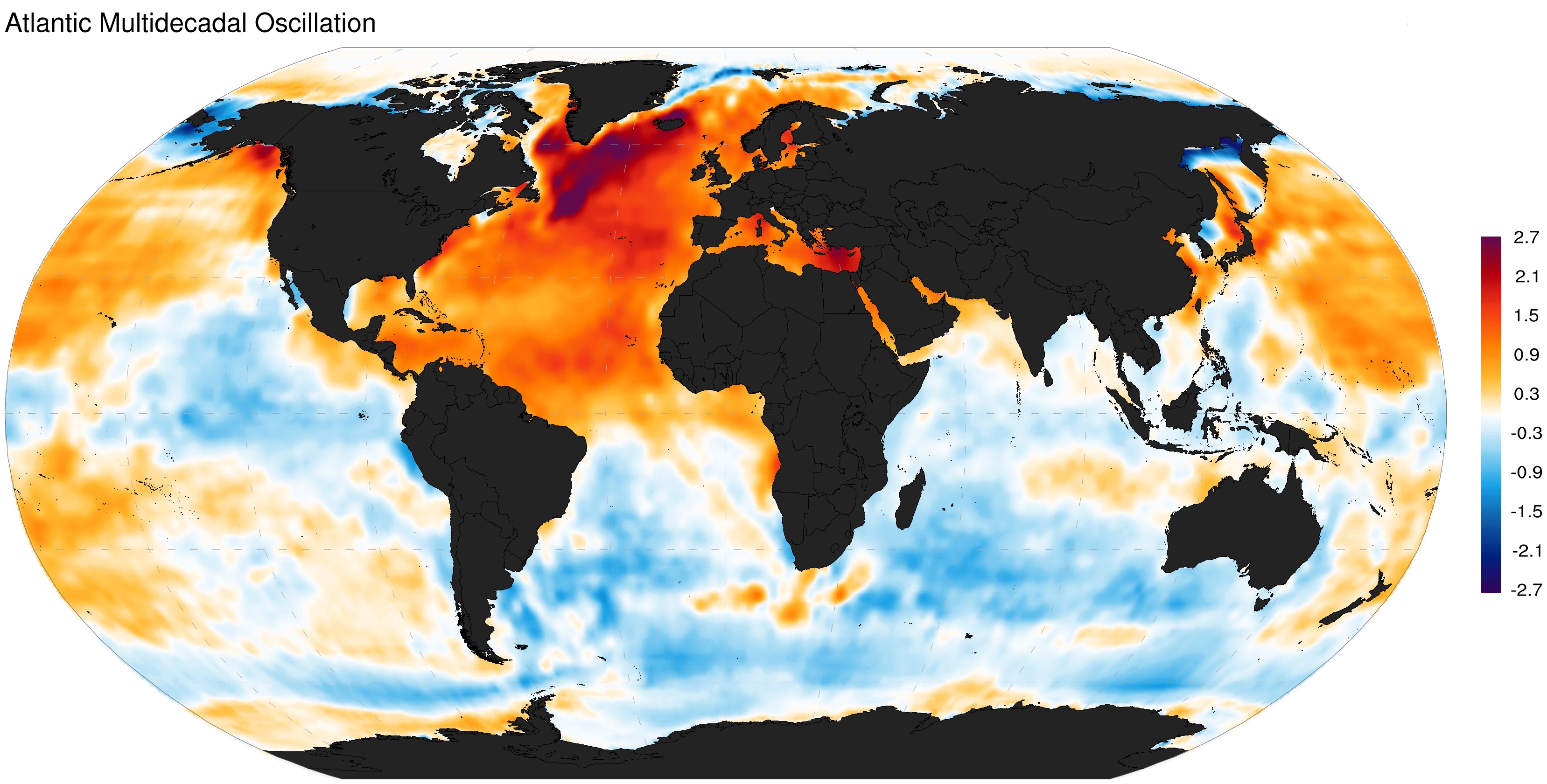
The Atlantic Multidecadal Oscillation (AMO), a powerful oceanic cycle that has quietly influenced Earth’s climate for centuries, is showing signs of stirring from its slumber. Researchers monitoring sea surface temperatures in the North Atlantic are reporting a subtle but unmistakable shift. In 2025, scientists from the UK Met Office and several leading climate institutes observed patterns consistent with the early stages of a warm AMO phase. This is significant because the AMO’s warm phases have historically been linked to higher hurricane activity, warmer global temperatures, and changes in rainfall patterns across continents. The most recent satellite observations reveal persistent warming across much of the North Atlantic, supporting these predictions. Changes in ocean circulation, specifically the Atlantic Meridional Overturning Circulation, seem to be a key driver behind this shift. As Professor Hannah Field from the University of Leeds put it, “The signals we’re seeing now are eerily similar to those observed before past AMO warm phases.” Many in the climate science community are watching with a sense of nervous anticipation.
Earth’s Ancient Rhythms Offer Clues to the Future
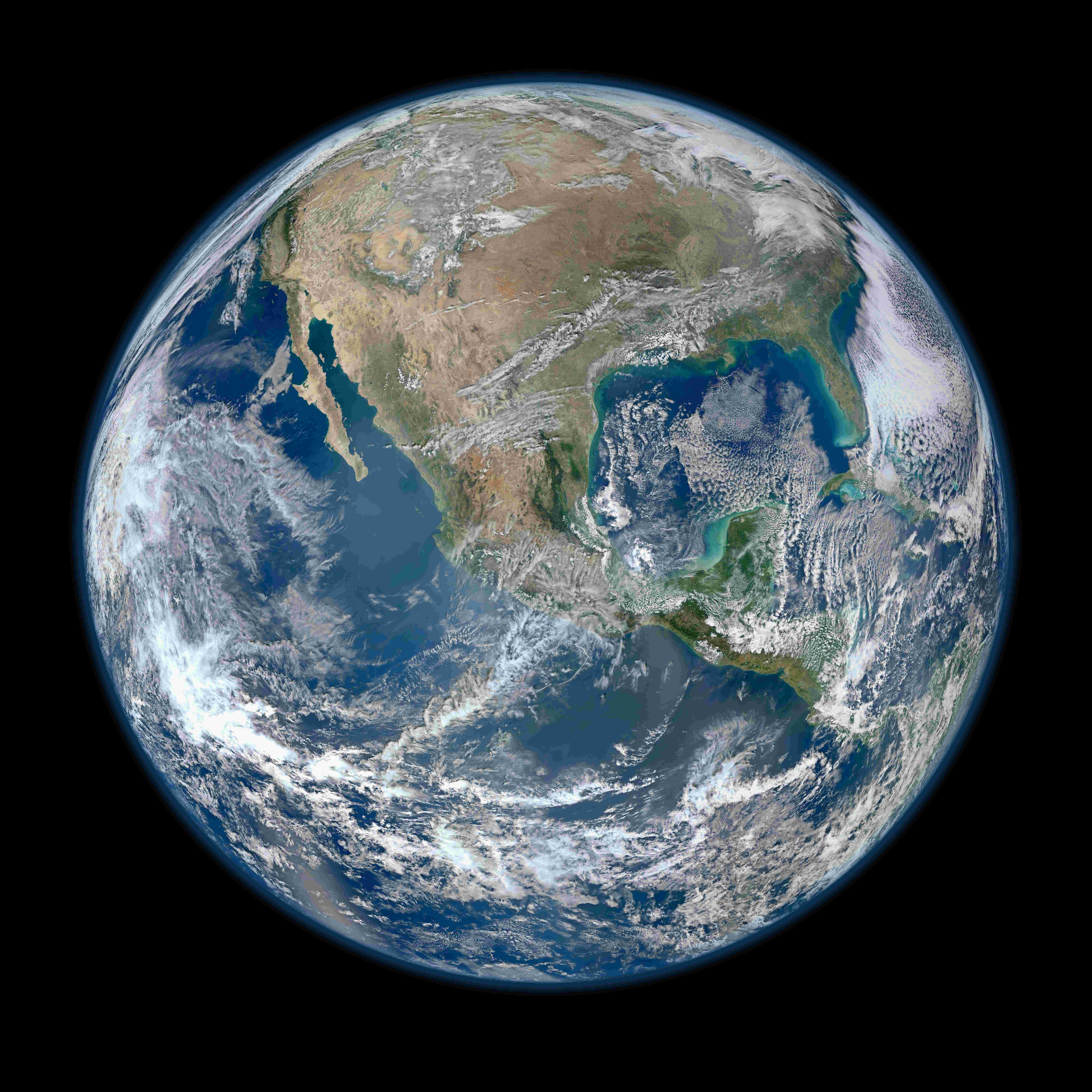
Climate scientists have long debated how much of Earth’s warming is driven by natural cycles versus human activity. A recent study co-authored by researchers at University College London (UCL) sheds new light on this complex dance. The study found that tiny wobbles in Earth’s orbit—imperceptible to us but relentless over millennia—play a key part in swinging the planet between warmer and cooler periods. These orbital changes, known as Milankovitch cycles, help explain the timing of ice ages and interglacial periods, which occur roughly every 100,000 years. What’s striking is that these natural rhythms are now being used to enhance climate predictions, making them more accurate than ever before. Dr. Paolo Fornari, a co-author, says, “Understanding these cycles doesn’t mean we’re off the hook for human-caused warming, but it does help us anticipate the planet’s next moves.” By combining these ancient patterns with modern climate data, scientists are developing new, more precise models of what lies ahead.
March 2025: The Hottest March on Record
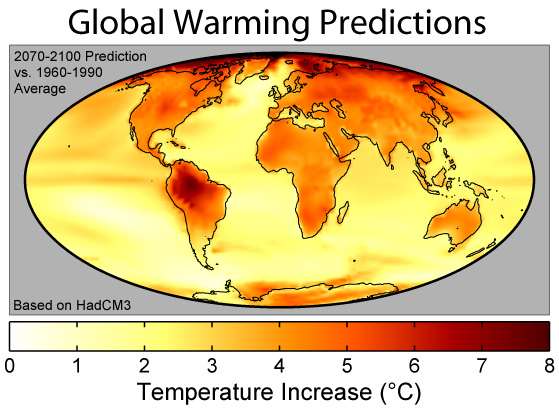
If you thought last year was hot, you weren’t imagining things. According to Berkeley Earth, March 2025 tied with both 2024 and 2016 as the warmest March ever recorded. The global average temperature for the month soared to 1.55°C above the 1850–1900 average, a sobering milestone that has climate experts sounding the alarm. These numbers aren’t just statistics—they represent changes that are increasingly visible in our daily lives: earlier springs, scorched landscapes, and sweltering cities. “The fact that we’re tying temperature records year after year is a clear signal that something fundamental is changing in the climate system,” said Dr. Robert Rohde, lead scientist at Berkeley Earth. The relentless march of record-setting months seems to be becoming the new normal, rather than the exception. This persistent heat is closely watched by meteorologists and policy makers alike, as it foreshadows more extreme weather to come.
Record Temperatures Are Here to Stay

If you’re hoping for a break from the heat, the forecast isn’t looking good. The UK Met Office’s latest projections suggest there’s an 80% chance that at least one year between 2025 and 2029 will be warmer than any year on record so far. Even more startling, there’s a 70% probability that the five-year average during this period will exceed 1.5°C above pre-industrial levels. This threshold is significant because it represents the limit that the Paris Agreement set to avoid the most dangerous impacts of climate change. “We’re not just flirting with that line anymore—we’re right on the doorstep,” said Dr. Leon Hermanson, a Met Office climate scientist. These predictions are based on advanced climate models that incorporate ocean temperatures, greenhouse gas concentrations, and the latest satellite data. The message is clear: record-breaking heat is likely to persist, and its consequences will be felt worldwide.
Extreme Weather: No Longer Once in a Lifetime
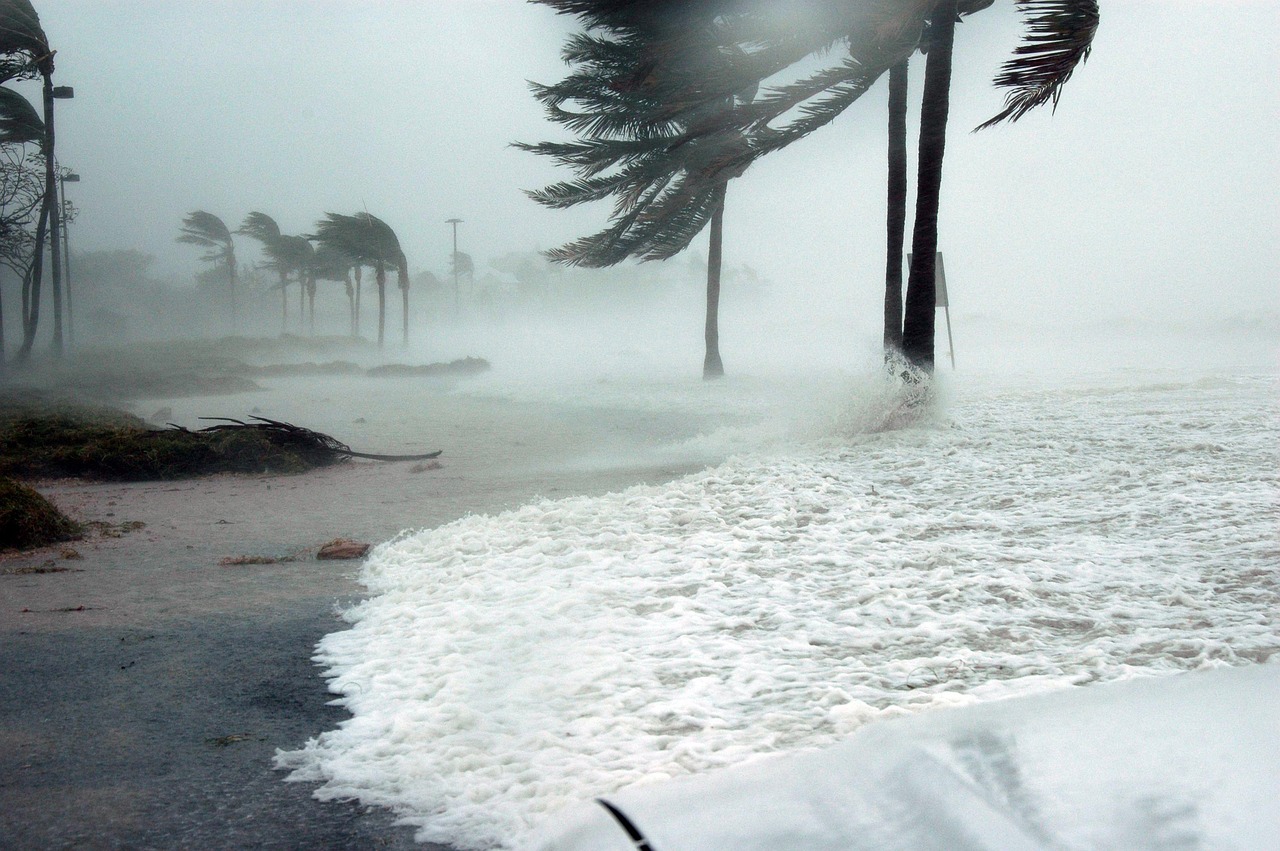
The phrase “hundred-year storm” used to mean rare, catastrophic weather—something you might hear about but never experience yourself. Not anymore. In places like North Carolina, what were once considered once-in-a-century storms have struck multiple times within just a few decades. According to local officials and NOAA data, the state has endured several such events since 1999, shattering old assumptions about weather cycles. Floods that used to be considered freak occurrences are now part of the regular news cycle. “We’re having to rethink our definitions of extreme events,” said Dr. Karen McKinnon, a climate scientist at UCLA. Infrastructure built for the past is suddenly inadequate, as rivers rise higher and storms hit harder with alarming frequency. This shift has left communities scrambling to adapt, with many asking: how do you prepare for the unpredictable?
Rainfall and the African Monsoon: A Shifting Season
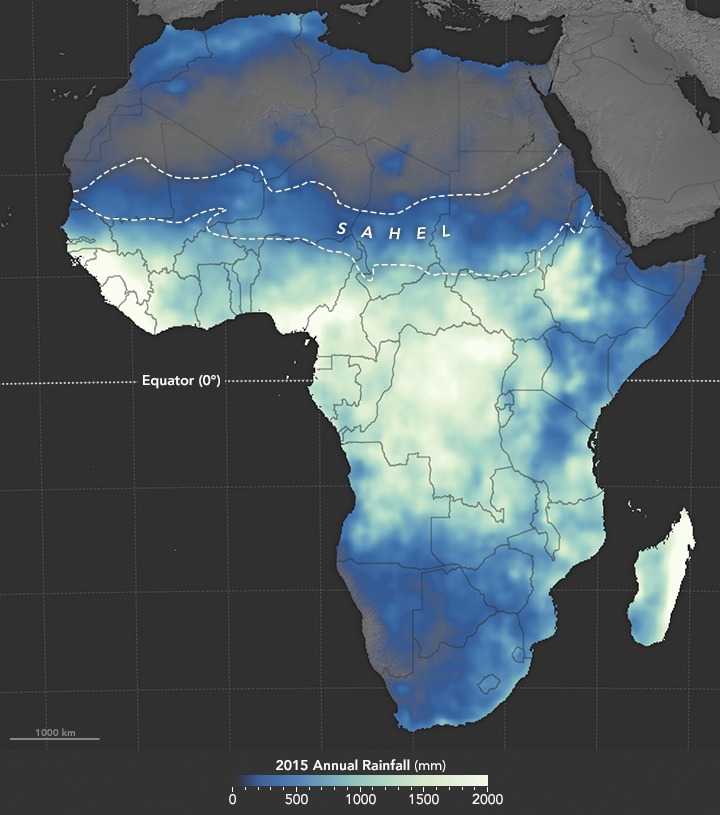
One of the more subtle but profound effects of a warming planet is the change in seasonal rainfall cycles. Recent studies indicate that increasing greenhouse gas concentrations are delaying the onset of global rainfall patterns and ocean temperature cycles. This is particularly worrying for regions like the African Sahel, where millions depend on the timing of the monsoon rains for crops and drinking water. According to climate models published this year, the rainy season in this region could be significantly shortened, threatening food security and livelihoods. Dr. Amina Diallo, a climate analyst, notes, “A delay of just a few weeks can mean the difference between a good harvest and widespread hunger.” The delicate balance of rainfall and drought, which has shaped life in the Sahel for generations, is now being disrupted. These findings underscore the far-reaching, often unexpected consequences of global warming.
ENSO: The Calm Before the Next Storm?
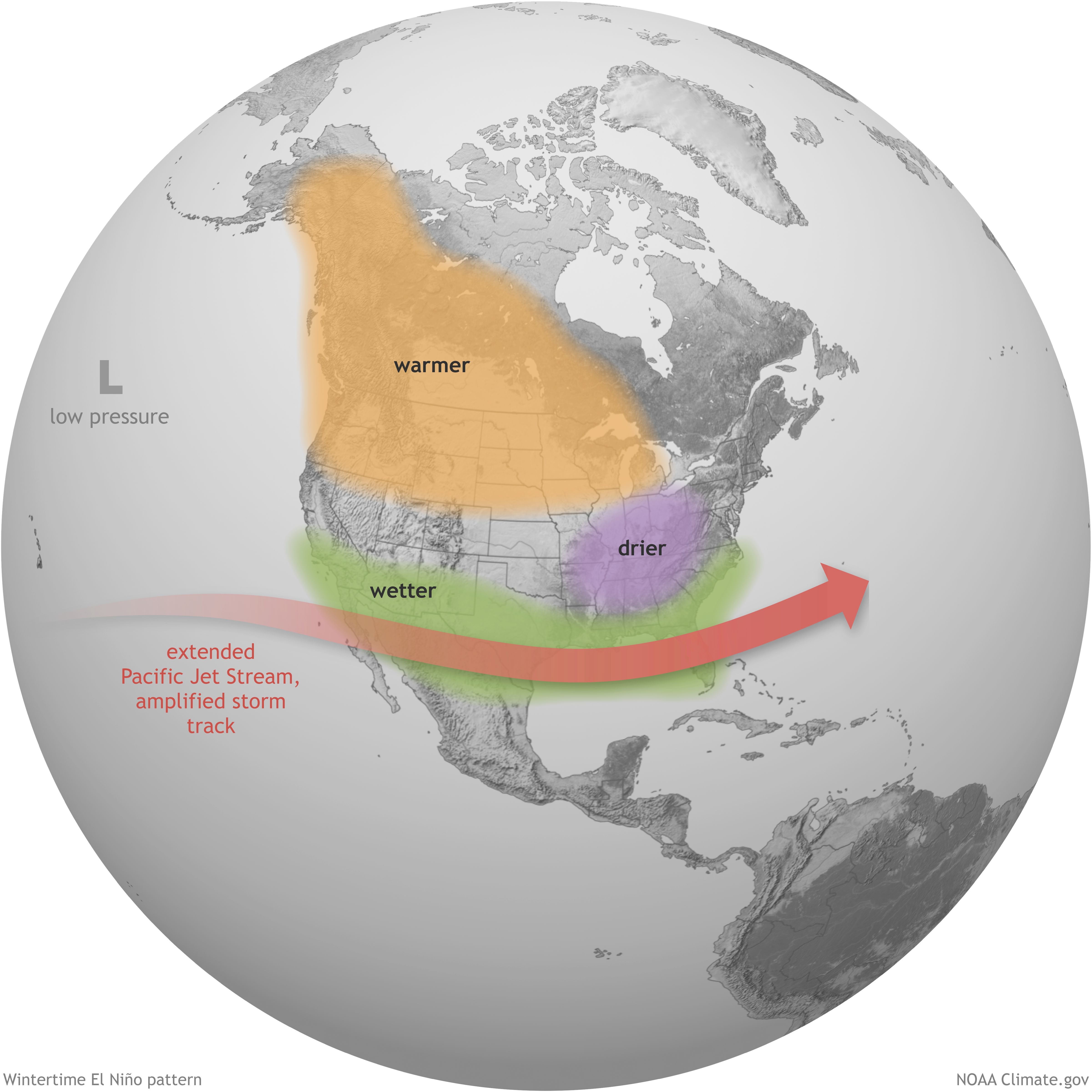
The El Niño–Southern Oscillation (ENSO) is another climate heavyweight that swings between warm (El Niño), cool (La Niña), and neutral phases, shaping weather worldwide. In 2025, forecasts using advanced network and complexity models indicate a high likelihood of a neutral ENSO year. While this might sound reassuring, a neutral ENSO can still bring plenty of surprises. “Even in a neutral phase, the background warming trend amplifies the odds of extreme heat and erratic rainfall,” explained Dr. Michael Tippett, a climate forecaster at Columbia University. The neutral state may temporarily suppress some of the wild swings in global weather, but it doesn’t mean we’re in for a quiet year. Instead, it sets the stage for the next act—when the cycle inevitably shifts again, the impacts could be even more dramatic given the current baseline temperatures.
Scientists Watch for Early Warning Signs
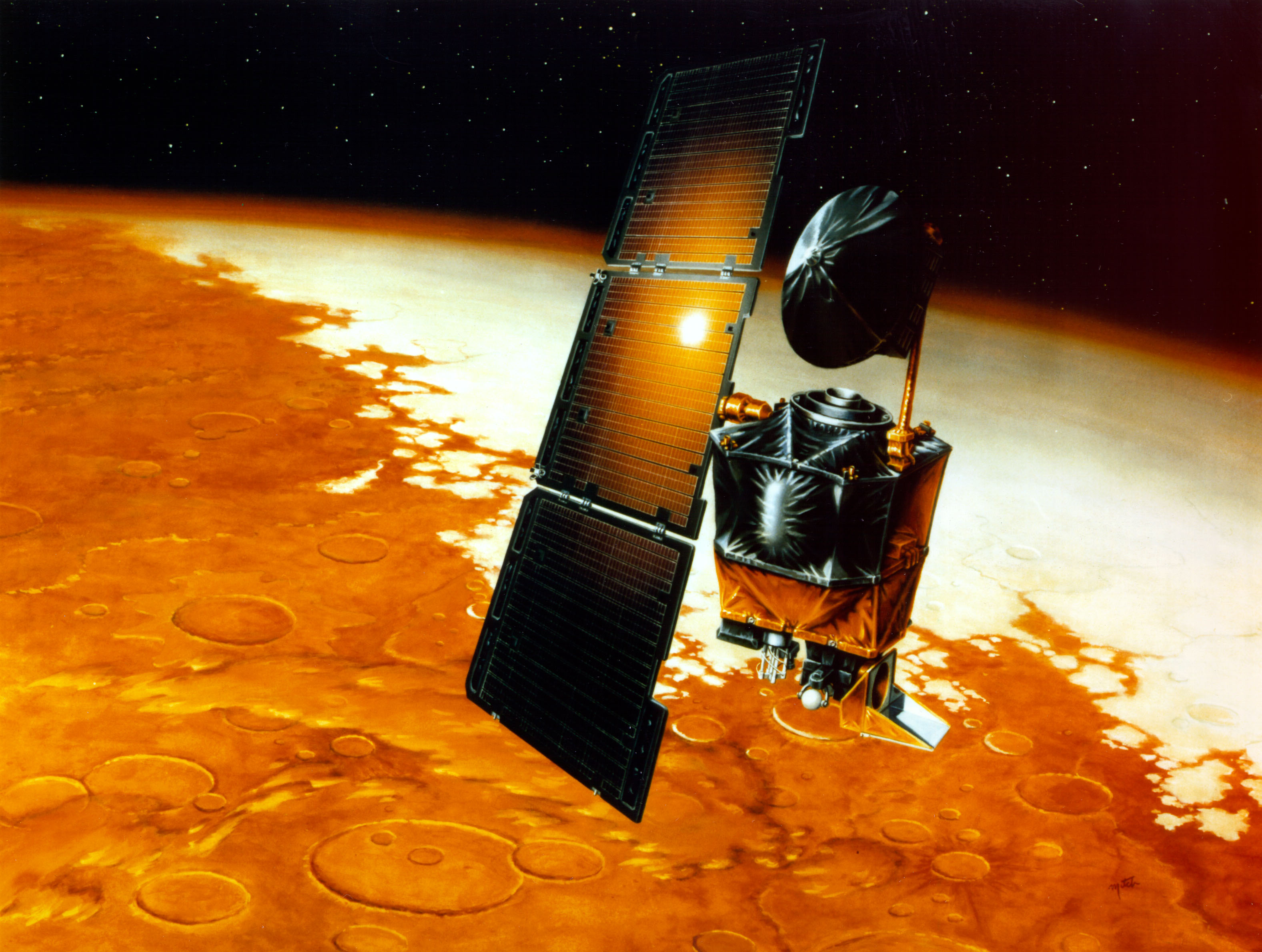
With so many overlapping cycles and new records being set, scientists are increasingly focused on finding early warning signals. From satellite arrays monitoring sea surface temperatures to networks of ocean buoys and climate models running on supercomputers, researchers are leaving no stone unturned. “We’re in a race against time to spot the next big shift before it happens,” said Dr. Emily Carter, an atmospheric scientist. Early detection of changes in cycles like the AMO or ENSO could give governments and communities precious time to prepare. These efforts are not just about prediction—they’re about resilience, adaptation, and survival in a world where the rules are changing. As new data pours in, the sense of urgency among the scientific community is palpable.
What’s at Stake for Communities Worldwide?
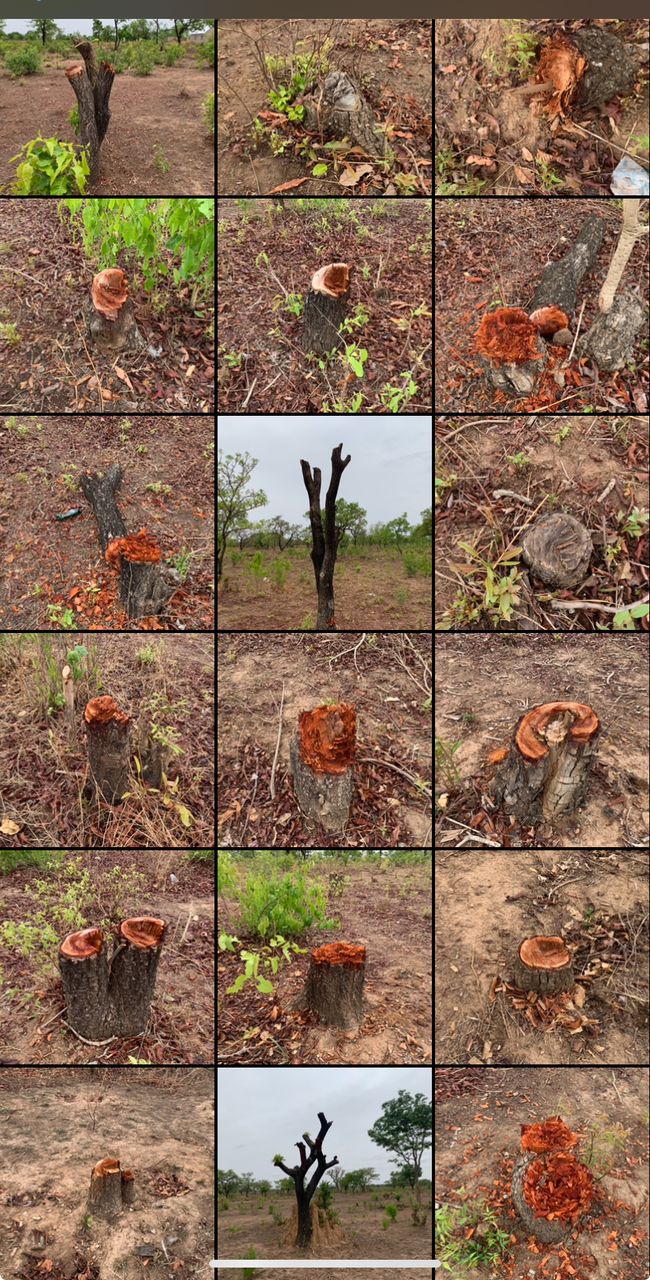
The real impact of these shifting climate cycles isn’t just measured in degrees or millimeters of rainfall—it’s felt in the lives of ordinary people. Farmers in the Sahel waiting for the rains, coastal cities bracing for hurricanes, and families in heat-stricken urban areas are all on the front lines. Insurance companies are recalculating risk, governments are updating disaster plans, and activists are pushing for faster action on climate policy. “This isn’t a distant threat; it’s happening right now, all around us,” said climate advocate Maria Torres. From rising grocery prices to power outages during heat waves, the effects ripple through society in ways both visible and hidden. The stakes are as high as they’ve ever been, and the world is watching to see how we respond.
Nature’s Cycles and Humanity’s Choices
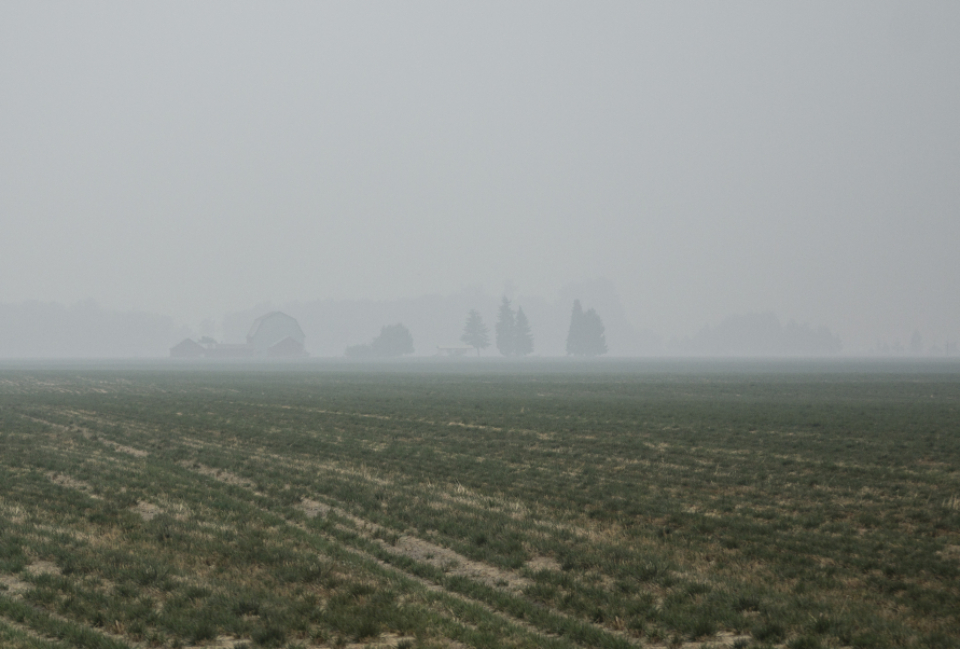
While Earth’s natural cycles will always play a role in shaping our climate, the fingerprint of human activity is unmistakable. The transition of the AMO, the frequency of record-breaking heat, and the unpredictability of weather all point to a world transformed. Scientists are clear: understanding these cycles is crucial, but it doesn’t replace the urgent need to reduce greenhouse gas emissions. The choices made today—in energy, transportation, and conservation—will determine how these cycles play out and how much suffering is avoided. As Dr. Field summarized, “We can’t control Earth’s ancient rhythms, but we can control our own actions. That’s where hope lies.” The conversation about climate is no longer just about what’s happening, but about what we choose to do next.
The Race Against Time: What Scientists Are Watching

Right now, researchers around the globe are monitoring ocean temperatures with an intensity that would’ve seemed impossible just decades ago. They’re deploying sophisticated buoys across the Atlantic, tracking microscopic changes in water temperature that could signal the AMO’s full awakening. What’s got them on edge isn’t just the cycle itself—it’s the speed at which everything seems to be happening. Dr. Sarah Chen from the National Ocean Service puts it bluntly: “We expected these changes to unfold over decades, but we’re seeing shifts in just a few years that should take much longer.” The most unsettling part? Computer models that accurately predicted past climate patterns are struggling to keep up with current reality. Some scientists worry we’re entering uncharted territory where natural cycles and human influence create feedback loops nobody fully understands yet.
- How Meteorologists Predict Storms Using Satellite Data - October 3, 2025
- What Causes Rainbows And Why They’re Always Curved - October 1, 2025
- 3 Industries Face Crushing New Tariffs as Trade War Escalates - September 28, 2025

